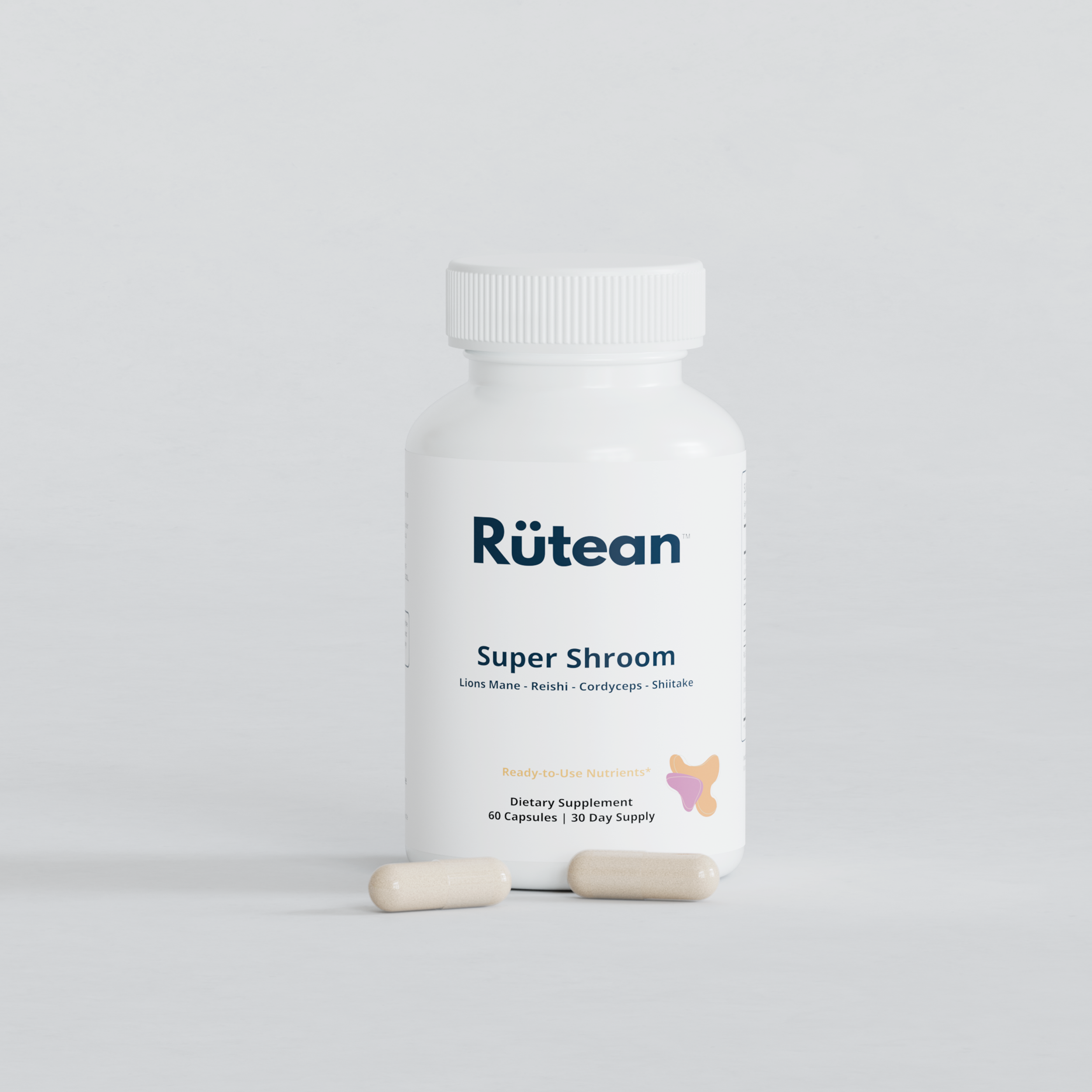In today's fast-paced, digital-centric work environment, a significant number of us find ourselves tied to our desks for extended periods. Though desk jobs may not appear physically demanding, they present their own set of challenges, particularly when it comes to joint health. From stiff necks and sore wrists to the dreadful carpal tunnel syndrome, the sedentary nature of desk jobs can do more harm than good for our joints[1].
The Problem: How Desk Jobs Affect Your Joints
Lack of Movement: Being sedentary for extended periods can lead to stiff and sore joints, which may exacerbate conditions like osteoarthritis over time[1]. When we sit for long periods, our muscles are not contracting enough to help pump blood back towards the heart, affecting overall circulation. Reduced circulation can result in pooling of blood in the lower extremities, leading to swelling and a sense of heaviness or stiffness in the joints[2].
Poor Ergonomics: Improper setup of desk and chair height, coupled with incorrect placement of keyboards and mice, can strain your wrists, back, and neck. This tension accumulates over time, leading to chronic pain conditions[3]. Poor posture, such as slouching, increases the load on the spinal discs, leading to premature degeneration and the potential for chronic back issues[4].
Repetitive Strain: Tasks that require repetitive motion, like typing or using a mouse, can lead to repetitive strain injuries such as carpal tunnel syndrome or tendonitis. Even small, repetitive motions can lead to significant strain over time due to the constant stress on tendons, muscles, and joints[5].
The Solutions: Strategies to Protect Your Joints
Ergonomic Setup: Investing in an ergonomic chair and desk is a long-term investment in your health. Your computer monitor should be at eye level, and your keyboard and mouse should be placed so that your elbows are bent at a 90-degree angle. Ergonomic accessories like a keyboard tray or a mouse pad with wrist support can further help in reducing joint strain[6].
Stretch and Move: Desk jobs don't have to be sedentary. Take regular breaks to stand up, stretch, and move around. The American Heart Association recommends at least 150 minutes of moderate exercise per week, which can even be broken down into small, manageable chunks throughout your workday[7].
Hydration and Nutrition: Drinking enough water can also benefit your joints. Hydration helps in reducing joint friction and maintains the health of the cartilage. Also, including anti-inflammatory foods like turmeric, ginger, and omega-3 rich foods can benefit joint health[8].
Physical Therapy: Consulting a physical therapist can provide targeted strategies to manage and alleviate joint pain. Exercises that strengthen the muscles surrounding the joints can help in mitigating the effects of a sedentary lifestyle[9].
Supplementation: Extra Support for Your Joints
For those who need extra support, there are a variety of supplements that have been researched for their effects on joint health. Here are a few:
Glucosamine and Chondroitin: These compounds are found naturally in cartilage and can help rebuild and maintain this crucial joint component. A study showed that these supplements could slow down cartilage degradation, potentially delaying the onset of osteoarthritis symptoms[10].
Omega-3 Fatty Acids: Found in fish oil, omega-3 fatty acids have potent anti-inflammatory effects. Some studies suggest that omega-3 can help to reduce joint pain and stiffness, particularly in individuals with rheumatoid arthritis[11].
Curcumin (Turmeric): This yellow pigment found in turmeric has shown promise in reducing symptoms of joint pain and stiffness. It works by inhibiting certain inflammatory molecules in the body[12].
Vitamin D: Vitamin D is crucial for bone health and may also play a role in maintaining healthy joints. Deficiency in vitamin D has been linked to a higher risk of developing joint-related issues like osteoarthritis[13].
Hyaluronic Acid: This substance is present in the joint fluid and acts as a lubricant. Supplementation with hyaluronic acid is thought to improve joint function and reduce pain[14].
References
1- Biswas A, et al. Sedentary time and its association with risk for disease incidence, mortality, and hospitalization in adults: a systematic review and meta-analysis. Ann Intern Med. 2015;162(2):123-132
2- Thosar SS, et al. Effect of Prolonged Sitting and Breaks in Sitting Time on Endothelial Function. Med Sci Sports Exerc. 2015;47(4):843–849
3- Hedge A. Ergonomics in the Office. Cornell University Ergonomics Web, 2016.
4- Smith A, et al. The Relationship Between Stature and the Prevalence of Low Back Pain: A Review of the Literature. J Orthop Res. 1997;15(4):570-576.
5- Brandt LP, et al. Job tasks, computer use, and the incidence of carpal tunnel syndrome. J Occup Environ Med. 2004;46(10):1082-1088.
6- Ognibene GT, et al. Ergonomic Interventions for Office Workers With Musculoskeletal Disorders: A Systematic Review. Work. 2019;63(2):205-220.
7- American Heart Association. Recommendations for Physical Activity in Adults and Kids. 2018.
8- Calder PC. Omega-3 polyunsaturated fatty acids and inflammatory processes: nutrition or pharmacology? Br J Clin Pharmacol. 2013;75(3):645-662.
9- Childs JD, et al. Implications of Early and Guidelines Adherence to Physical Therapy for Low Back Pain on Utilization and Costs. BMC Health Serv Res. 2015;15:150.
10- Hochberg MC, et al. Combined chondroitin sulfate and glucosamine for painful knee osteoarthritis: a multicentre, randomised, double-blind, non-inferiority trial versus celecoxib. Ann Rheum Dis. 2016;75(1):37-44.
11- Calder PC. Omega-3 polyunsaturated fatty acids and inflammatory processes: nutrition or pharmacology? Br J Clin Pharmacol. 2013;75(3):645-662.
12- Daily JW, et al. Efficacy of Turmeric Extracts and Curcumin for Alleviating the Symptoms of Joint Arthritis: A Systematic Review and Meta-Analysis of Randomized Clinical Trials. J Med Food. 2016;19(8):717-729.
13- Aranow C. Vitamin D and the Immune System. J Investig Med. 2011;59(6):881-886.
14- Singh JA, et al. Intra-articular hyaluronic acid in treatment of knee osteoarthritis: a meta-analysis. JAMA. 2003;290(23):3115-3121.



